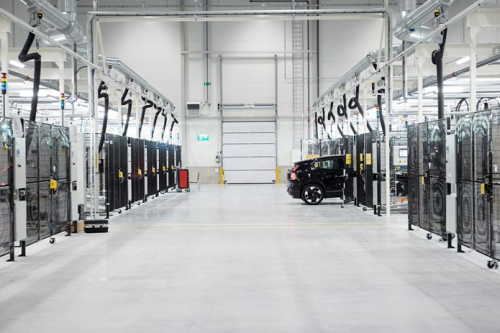
The company also operates software test centers in Lund, Sweden and Shanghai, China, but the new Gothenburg facility is by far the largest in terms of size and capacity.
The Volvo car of the future is fully electric, increasingly sold online, powered by advanced core computers running in-house developed software and constantly improving over time thanks to regular over-the-air software updates.
That makes in-house software development and testing key to achieving the company’s strategic ambitions, which include being an industry leader in new technology and a fully electric car company by 2030.
This is a state-of-the-art facility that will be the hub for our global software testing and validation activities. Developers from all our global engineering sites and tech hubs can run software tests here remotely, 24 hours a day, 365 days a year. I firmly believe that with this new testing centre, we’ve set a new benchmark for the automotive industry.
—Anders Bell, global head of R&D
The new software testing facility will initially employ around 100 people, a figure that is expected to grow to 300 once the testing center is running at full capacity. Eventually the site will house around 500 testing rigs and digital test environments, up from almost 200 right now.
The Gothenburg site will work closely together with the other engineering centers around the globe that play a central role in software development. Last month, Volvo Cars established a new Tech Hub in Singapore, and the company announced plans for another software-focused Tech Hub in Krakow, Poland in February.
Our growing ranks of software engineers work on a wide variety of exciting challenges The aim is to boost our innovation speed by developing software for key areas for Volvo Cars—from core safety technology based on our deep understanding of what causes accidents, to our perception and driver assistance algorithms and software for future autonomous driving.
—Alwin Bakkenes, global head of software engineering
Other software engineering challenges include developing next-generation connected features, and supporting all development work through data analytics.